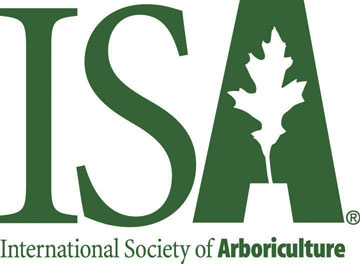Damage to trees can happen in the winter due to a number of cold-weather related Problems. The tree damage doesn't necessarily happen thanks to the cold itself, but more so from the intense temperature fluctuations and when the cold weather conditions arrives during the trees ' asleep or growing periods. Other tree damages include the following: frost check, sunscaid, chemical injury from deicing salt, late spring freezes, and frozen roots. Fortunately, there are many ways to deal with these winter tree quandaries.
Frost injury occurs when the tree continues to grow when the winter arrives early in the fall or stays late in the spring. The frost can kill the tree tissue and presumably constrict tree expansion for good. Be certain to cover trees if frost is predicted, avoid frost-prone areas when planting trees, and desist from utilizing nitrogen fertilizer because it could make frost damages worse. Sunscaid can also occur in an early fall or late spring. Sunscaid, or "winter burn" is when the conifer trees ' needles burn on the sun-facing side of the tree. The needles dry out because of the sun's heat taking the trees ' moisture when the frozen ground is already limiting plant water. Buy mulch, wrap your trees, and avoid planting trees in areas with quick temperature change can be helpful. You may also look for frost hardy trees that require less care in the winter.
The deicing salts used to keep our roads safe can actually harm our trees and plants because of the chemicals in the salts. Salt damage symptoms occur only in the spring; if your evergreen trees start to brown and the branches die back, then salt may have been the cause. Well-drained soils can handle the salt intake, but poorly drained soils will amass the salt over time and cause serious problems.
Late spring freezes set a problem for trees and relates back to frost injury. A late spring freeze will also kill the new tree tissues when the trees have just been water-soaked from the freeze for a lengthy period of time. Freeze injury will appear immediately after the hard frost ends, but one or two illnesses can develop over what's left of the year within the tree due to the frost. Frozen roots are often linked with container-grown trees and recently planted sprouts for plants, which have been frozen for a long period of time. Shallow roots are most vulnerable, but can be protected with mulch, leaf litter, or snow cover for insulation. If frozen for too much time, the plants and trees may shrivel and stop growing in the spring.
Be sure to minimize tree damage in the winter by selecting hardy tree species that can bear winter temperatures, avoiding late season fertilization, keeping trees and plants watered during dry periods, and using mulch to retain moisture and insulate roots. Keep your trees warm and healthy so that you can experience your own winter tree wonderland during the frosty temperatures!














